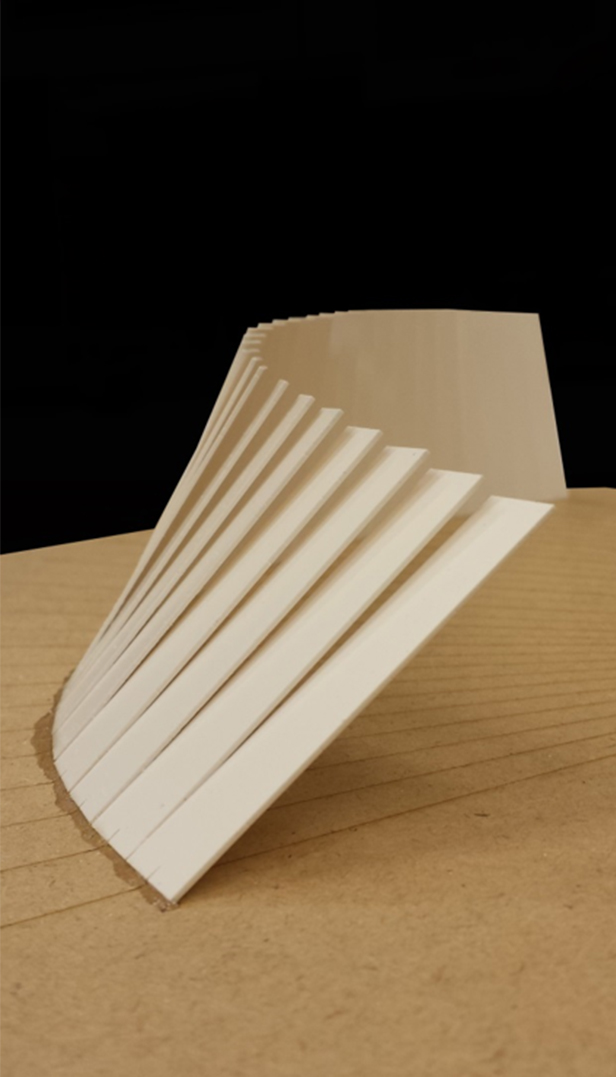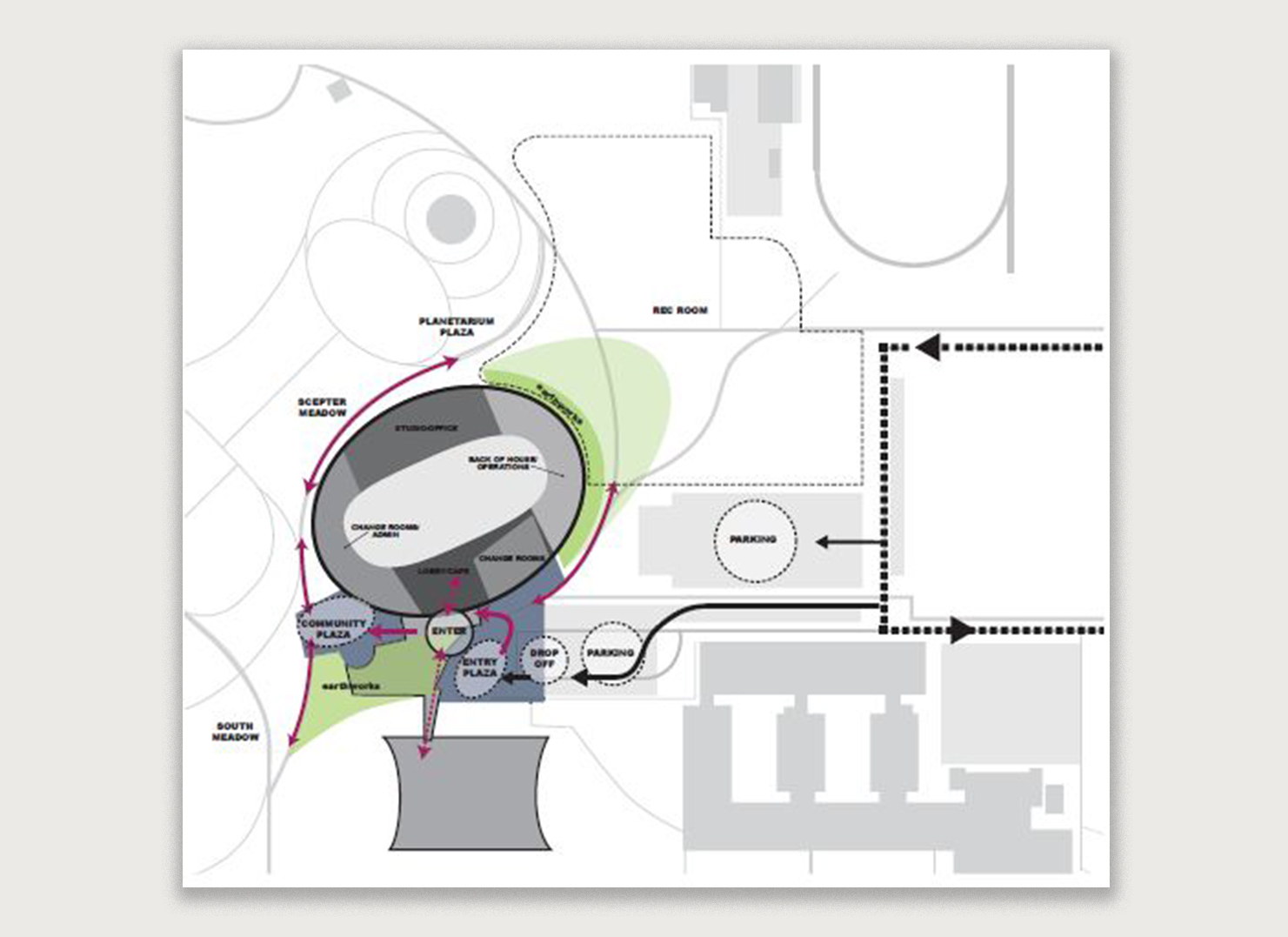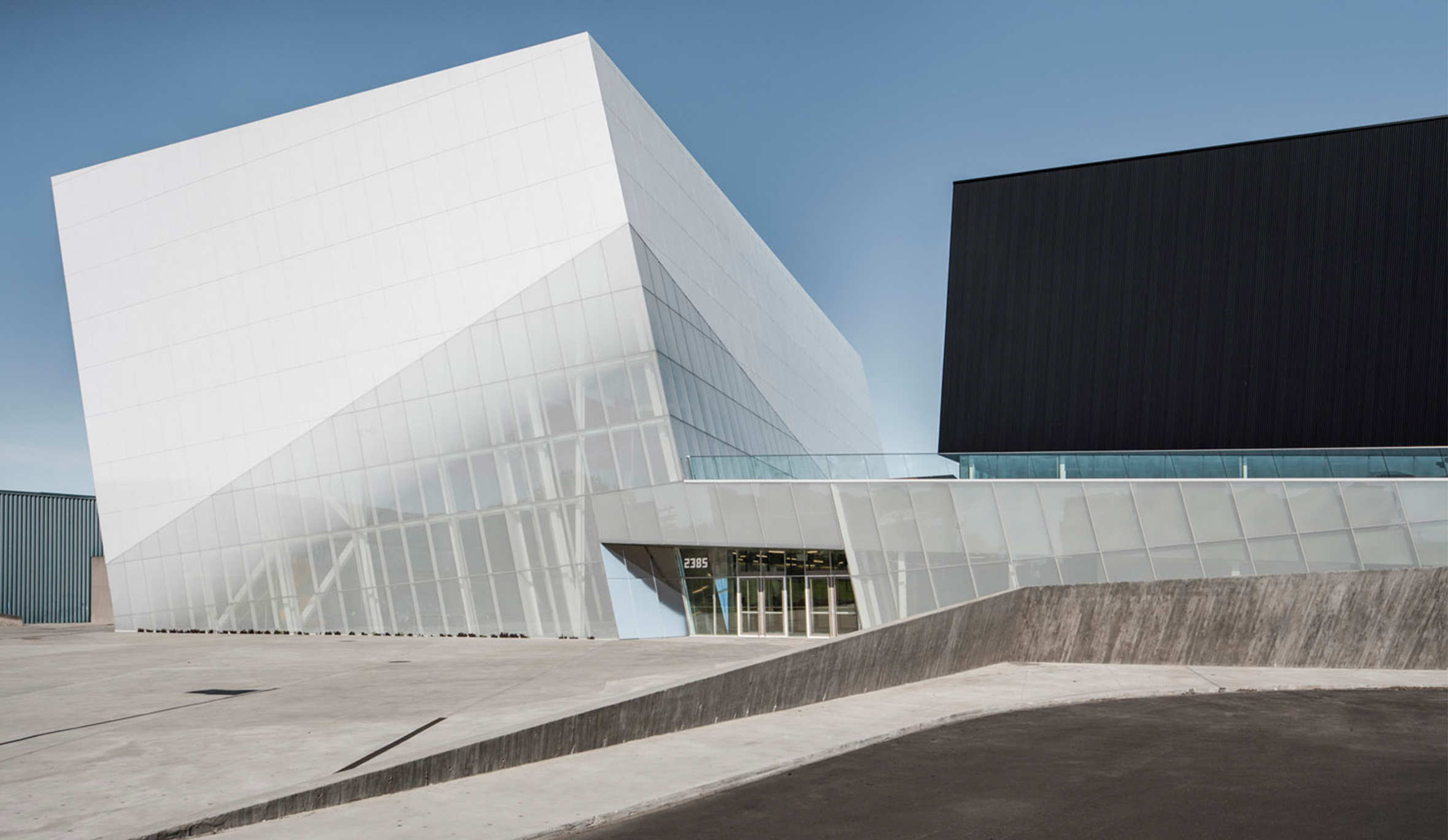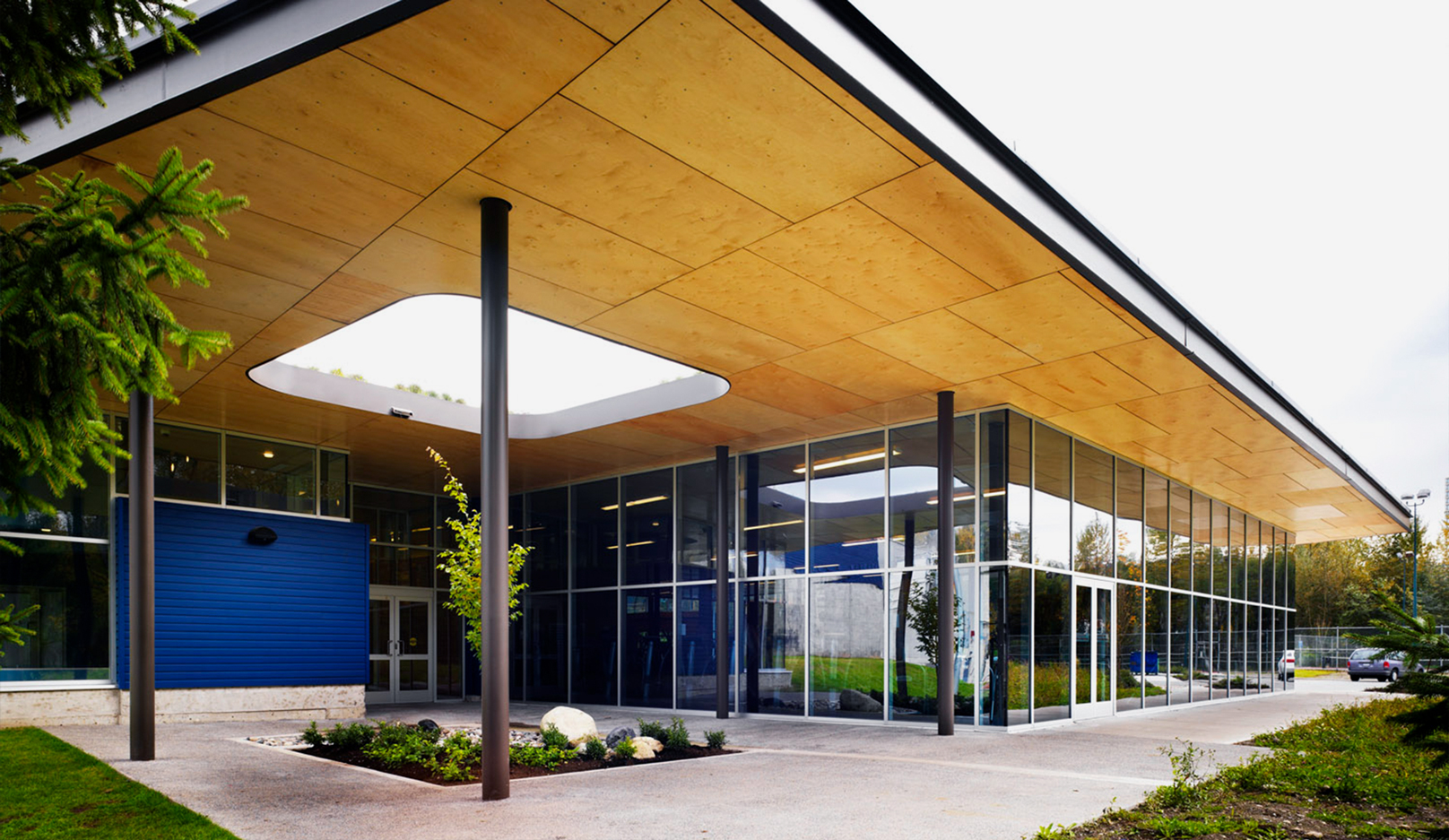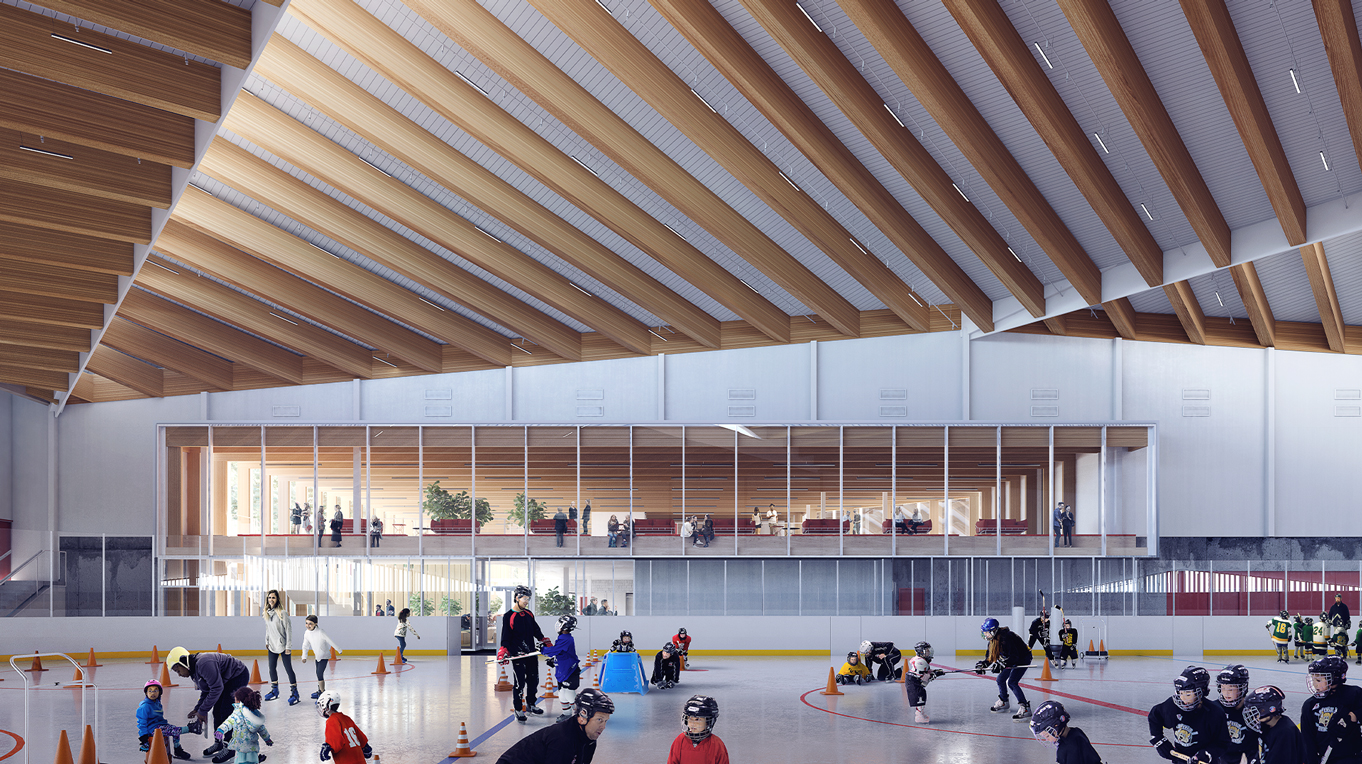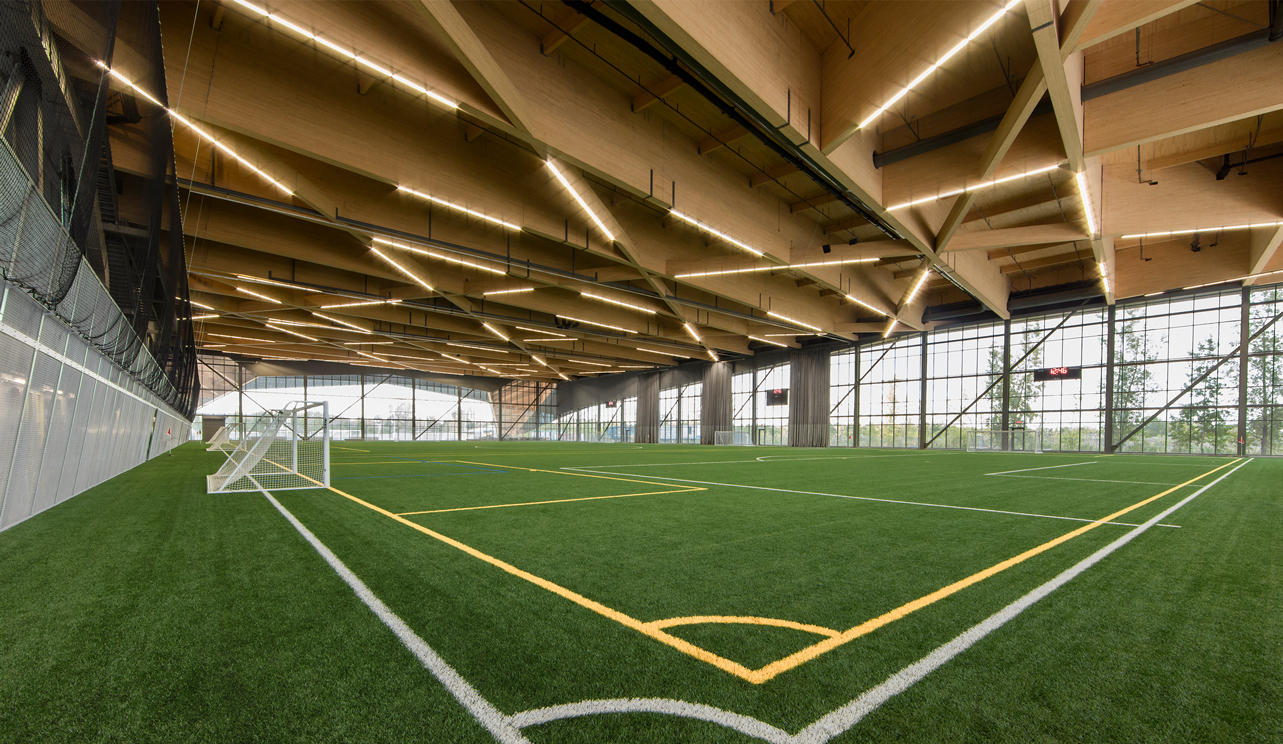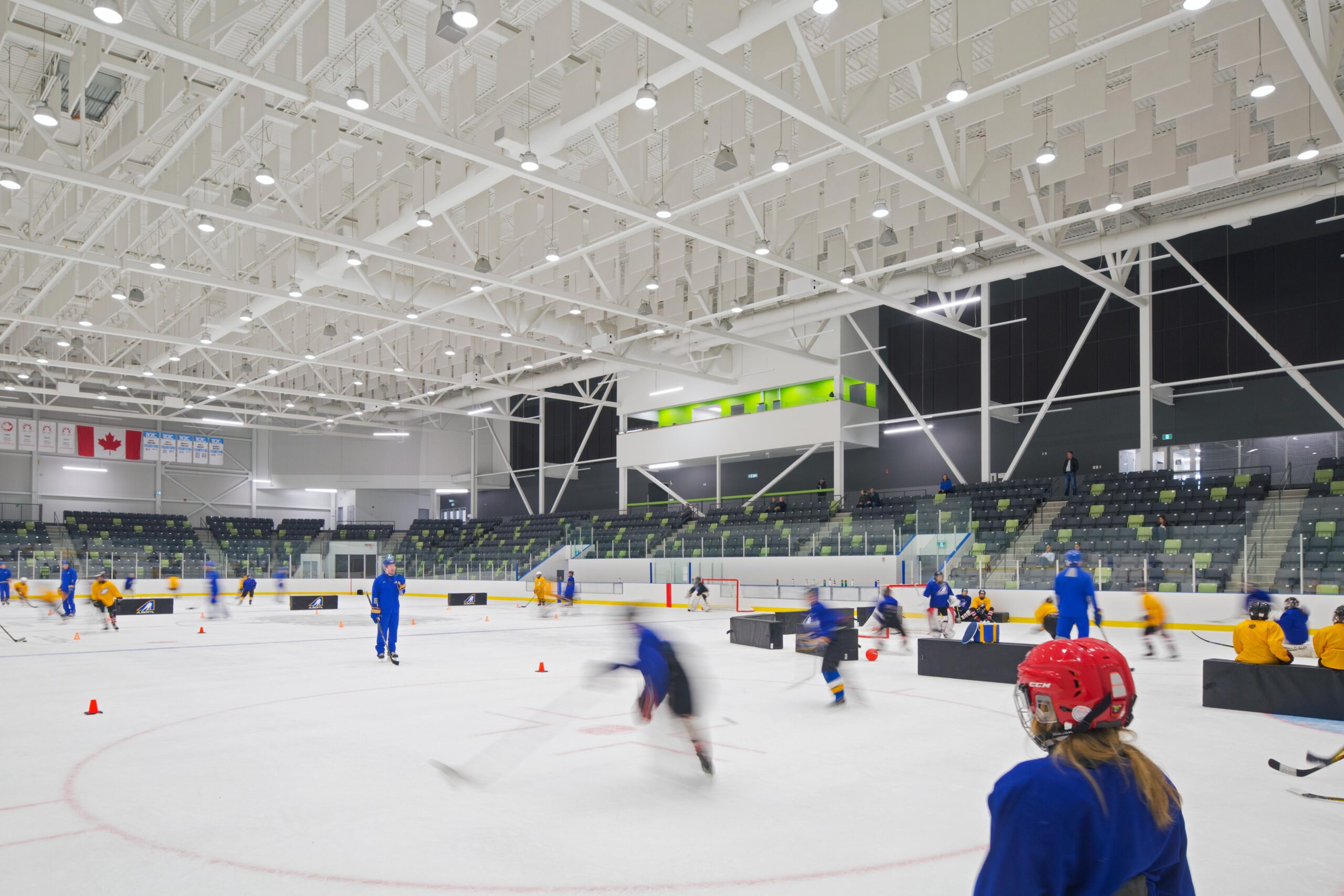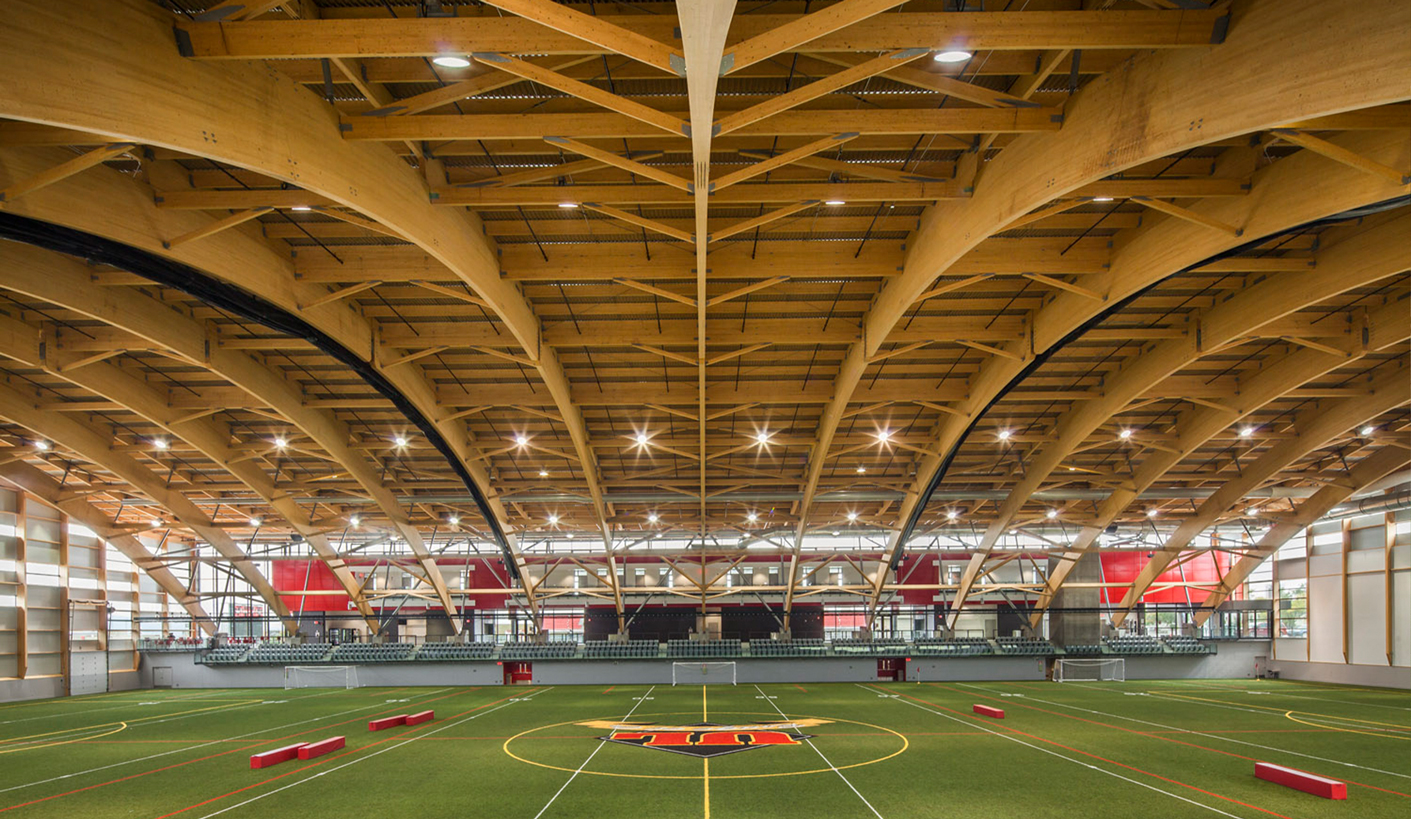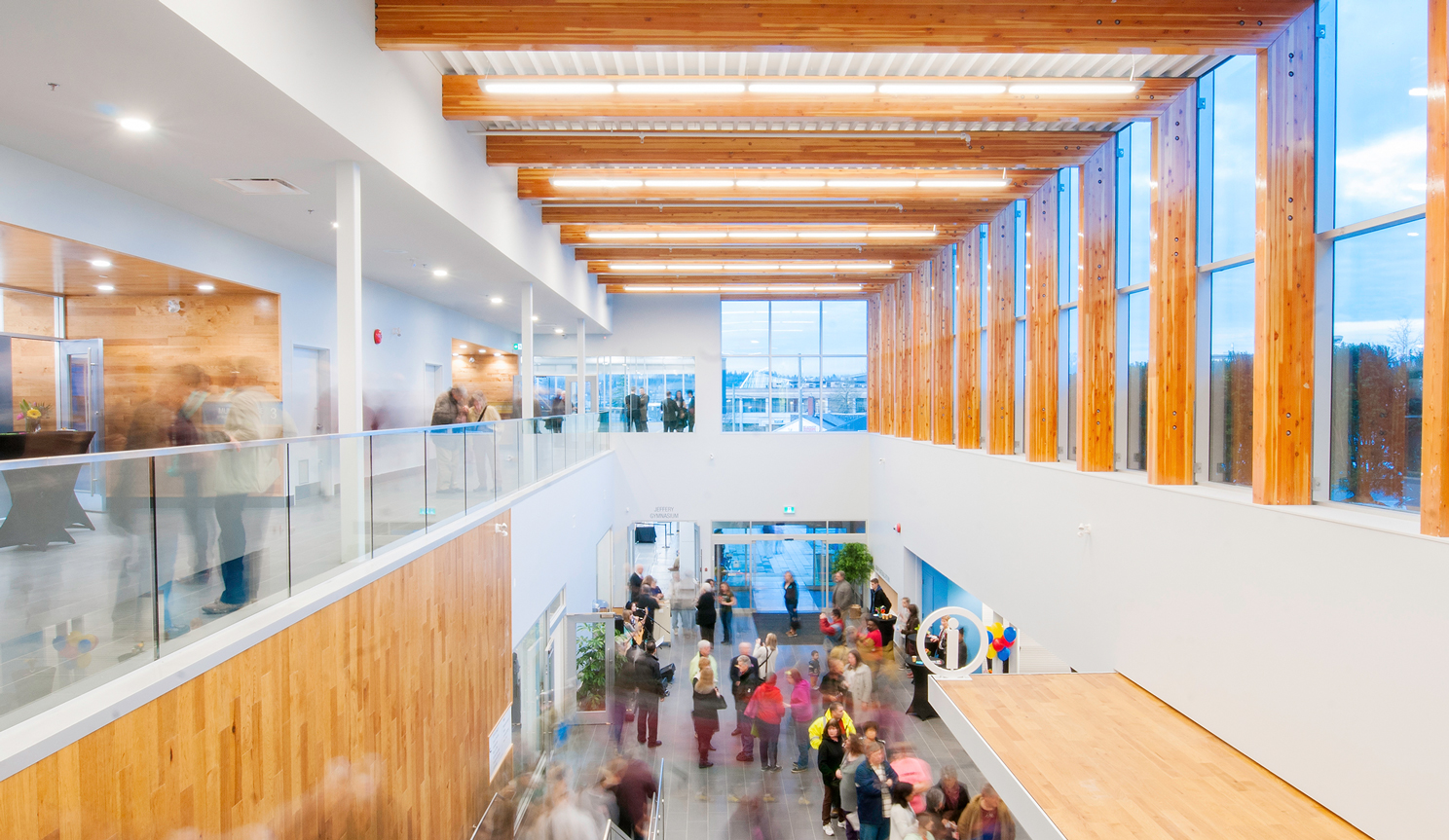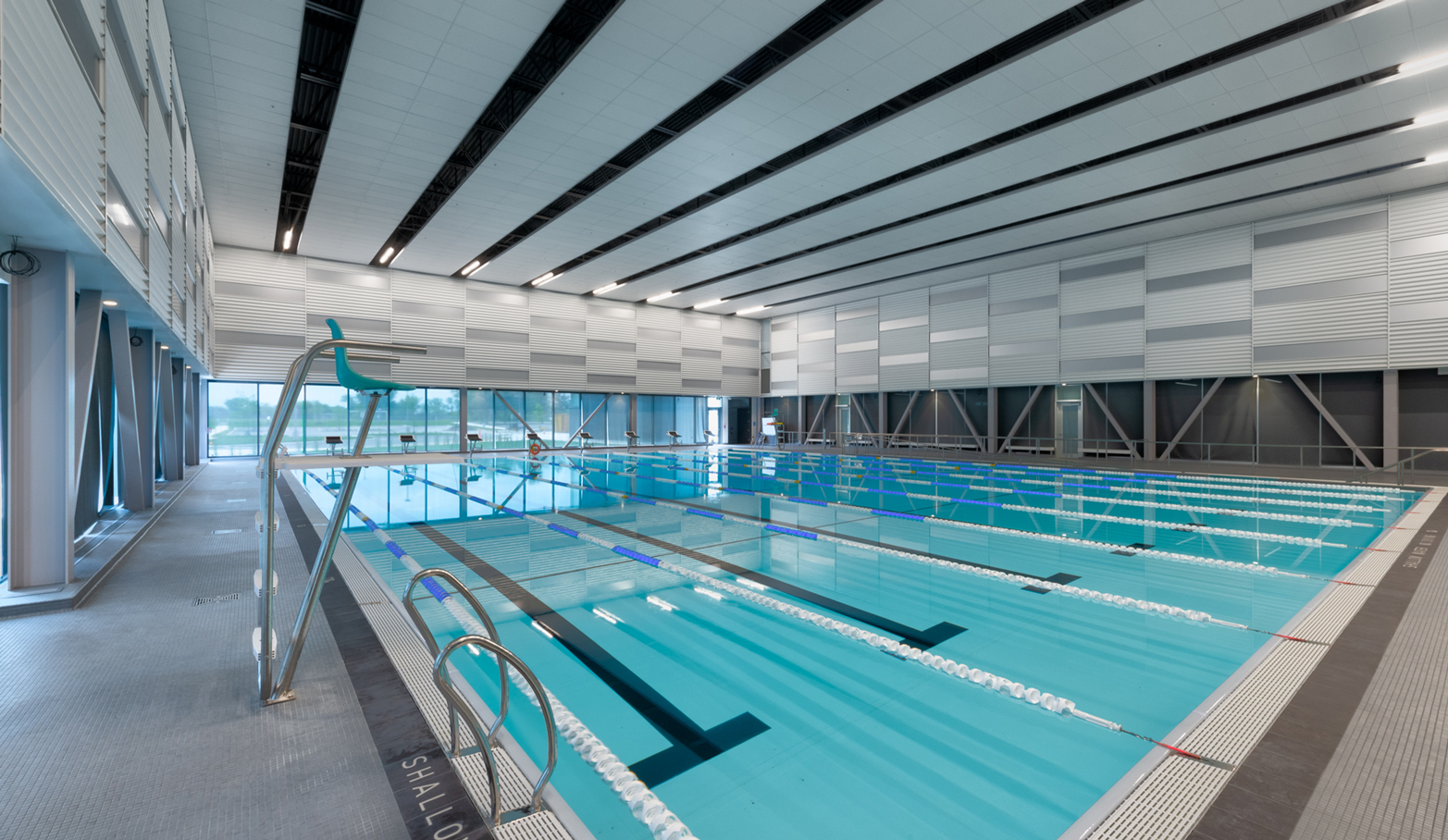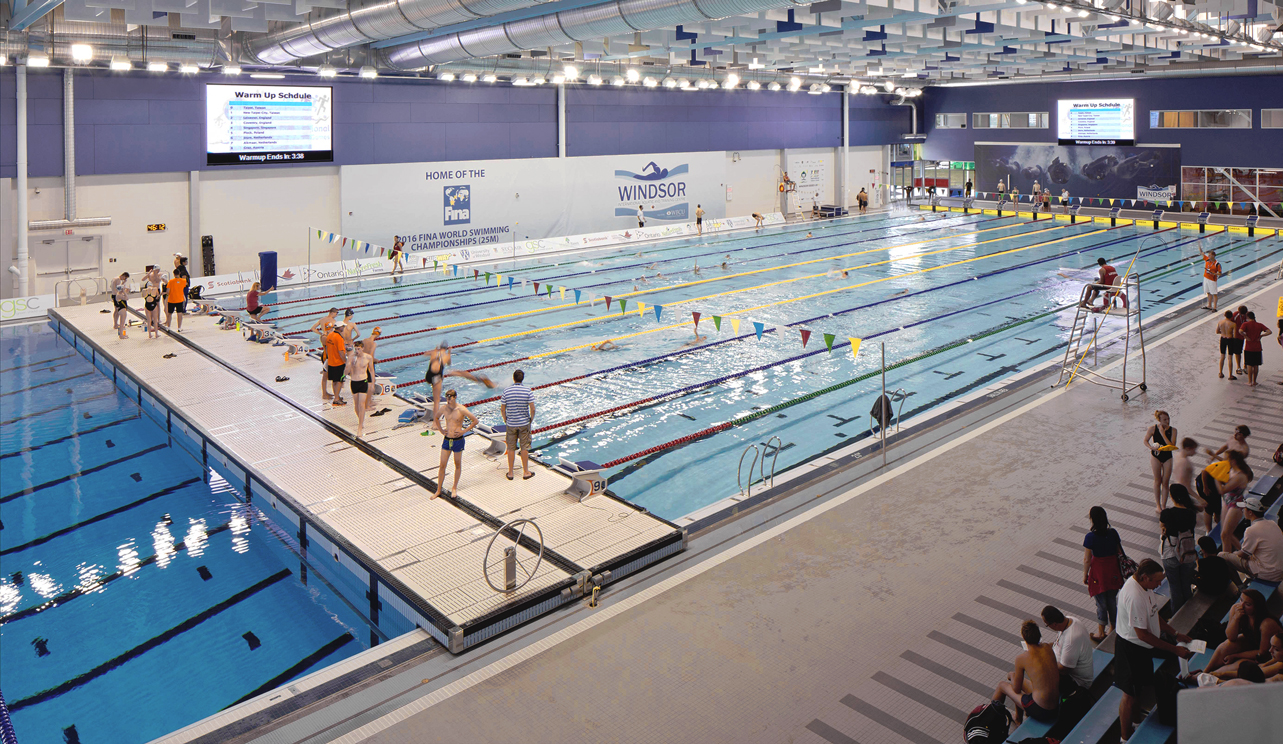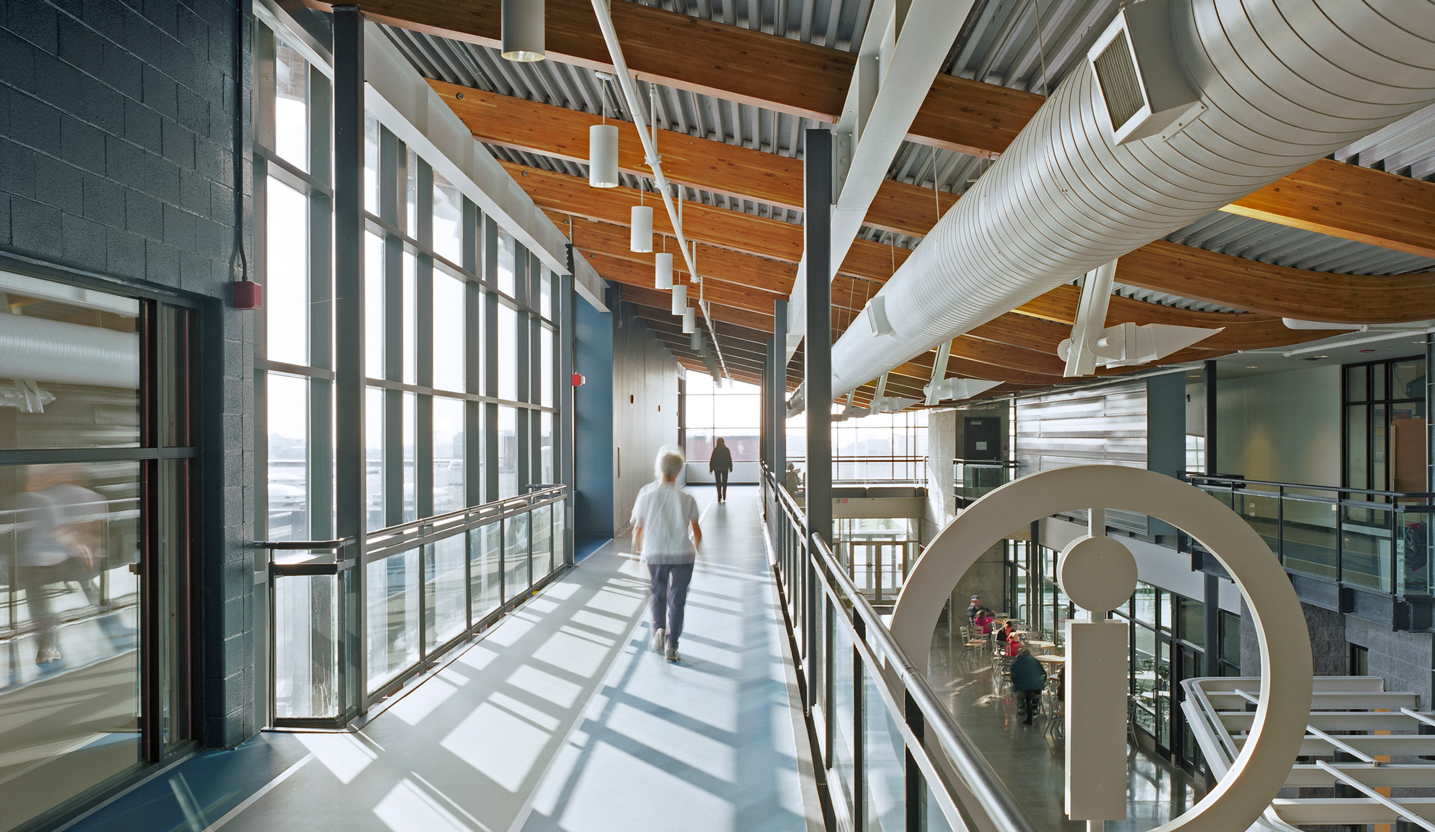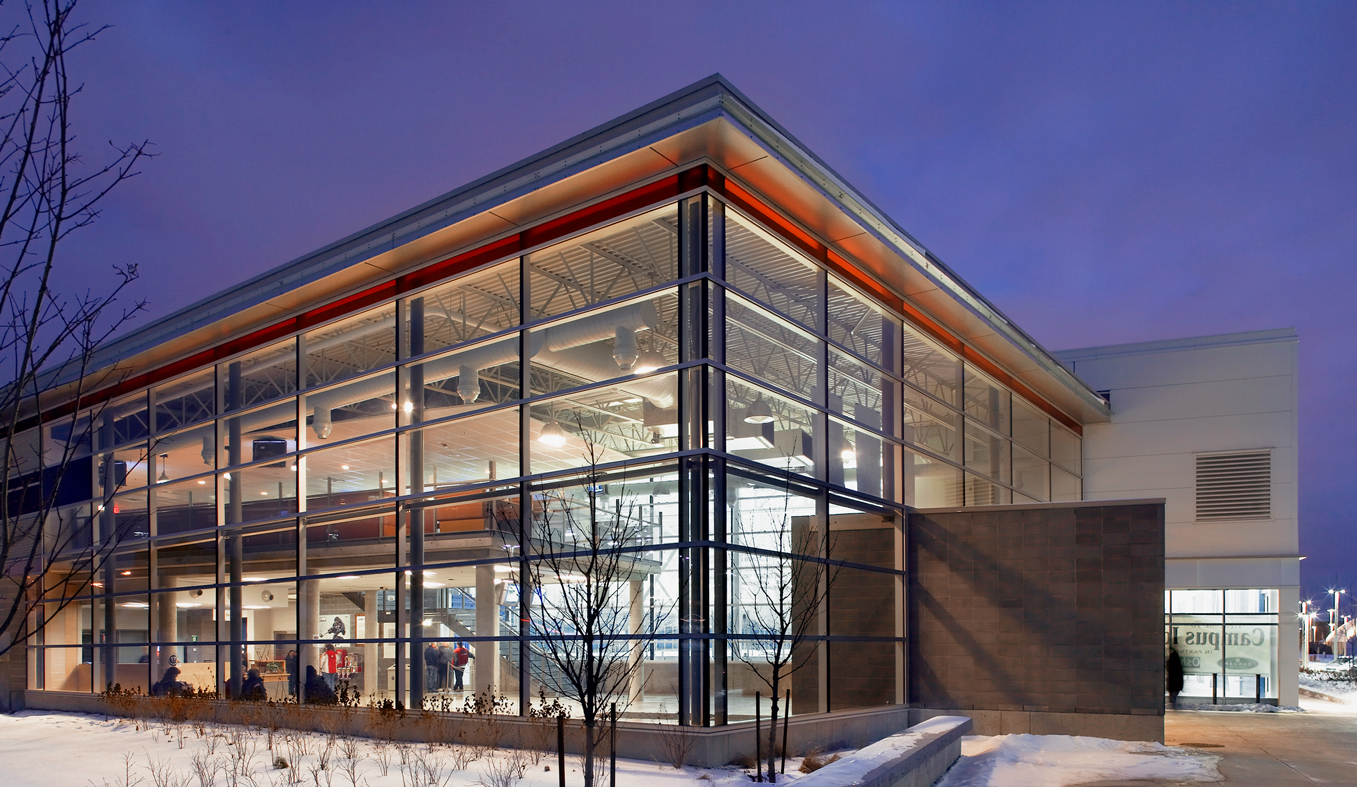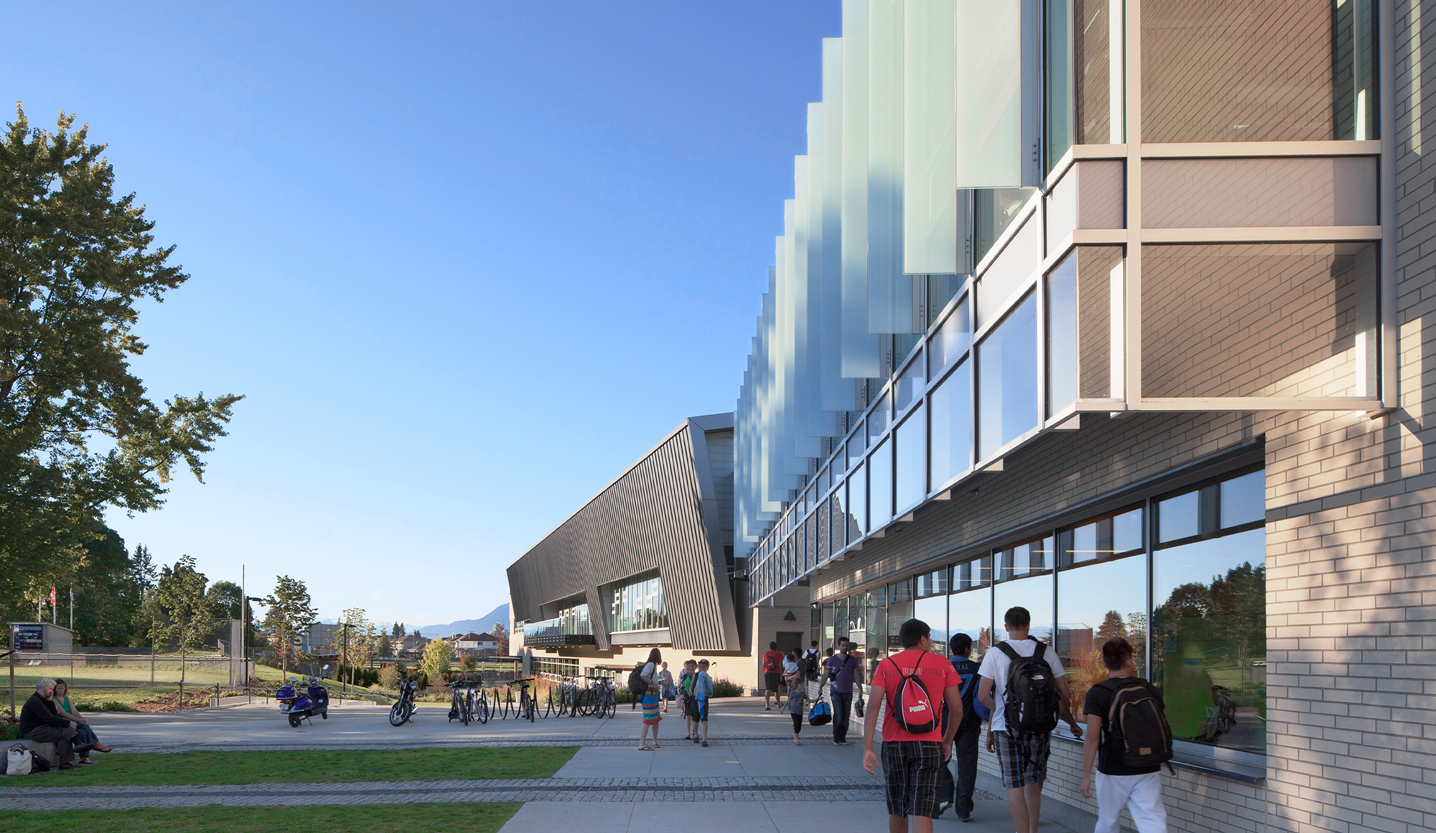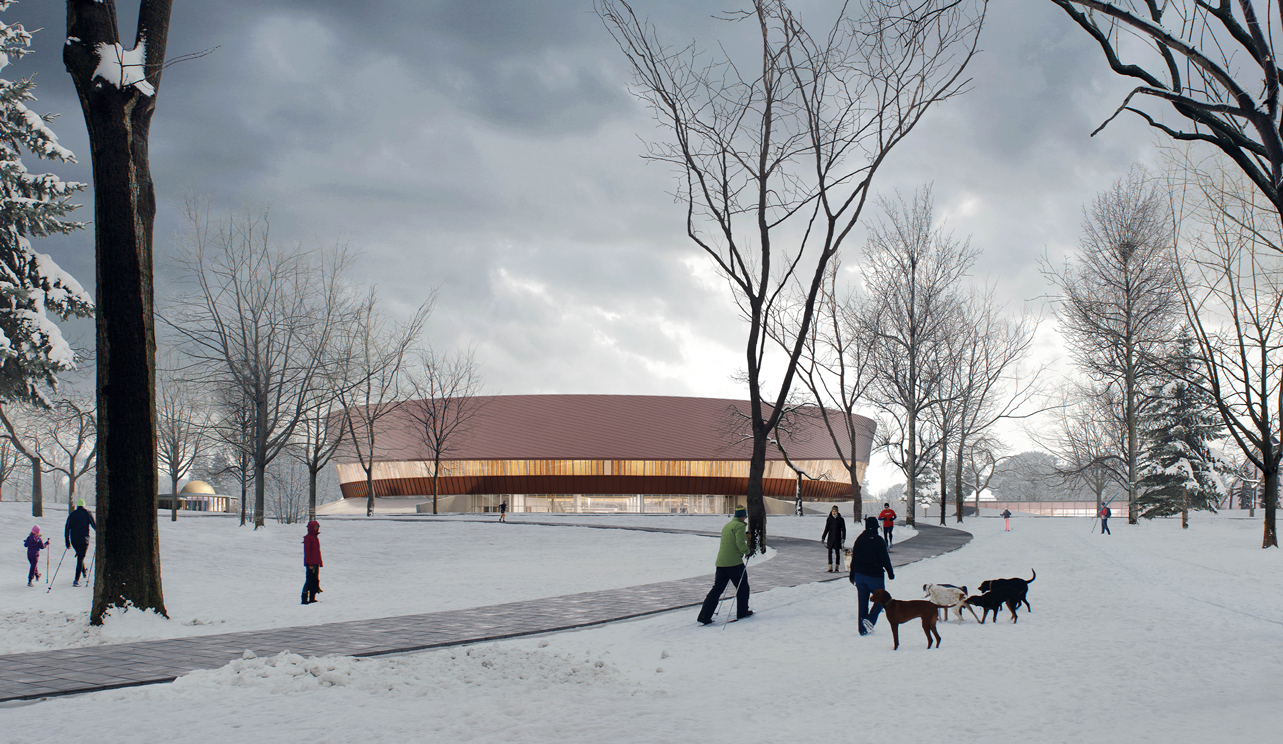
Coronation Park Sports and Recreation Centre
Location
Edmonton, Alberta
Coronation Park Sports and Recreation Centre is an innovative hub that brings together high-performance sport and community recreation in one, world-class facility.
Velodromes are highly technical spaces, with teams of cyclists racing at speeds up to 85km/h on steeply banked oval tracks. In contrast, community centres need to offer both formal and informal programming for users of all ages and abilities, while encouraging social connection throughout.
Our design needed to carefully consider the needs of all users, while exploring the unique design potential in bringing together such distinct spaces in one centre.
Set for completion in fall 2024, this project is a joint venture between hcma and long-time collaborators dub architects, in collaboration with FaulknerBrowns Architects. Prior to design, hcma and Resource Planning Group developed the comprehensive functional program for the centre.
Disciplines

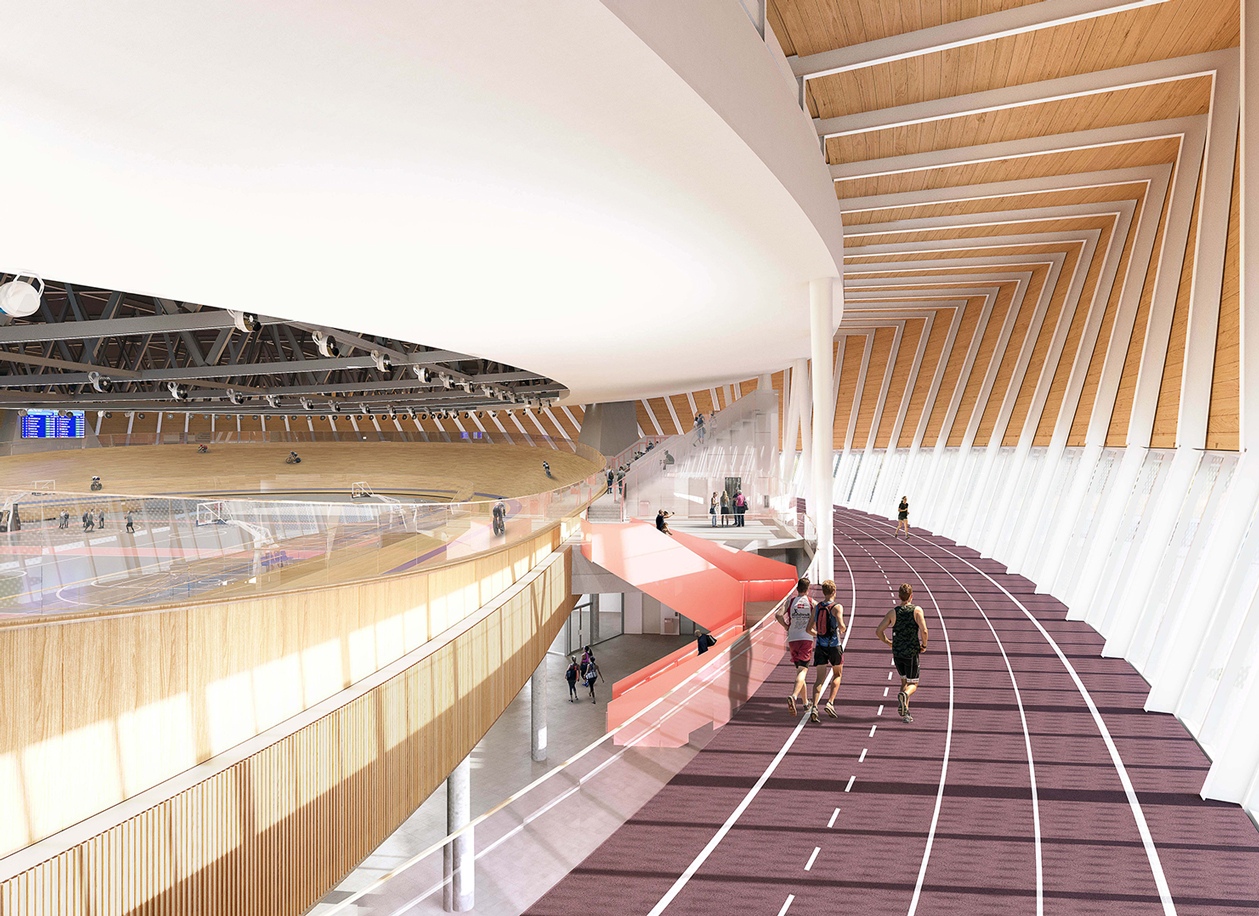
Elevated design
To ensure a high level of connectivity between recreational facilities, we positioned these community spaces on the centre's ground floor – and elevated the cycle track a full storey above ground level.
This unique design feature distinguishes the facility from the majority of indoor cycling facilities in the world. By placing the cycle track on the upper level, the traditionally isolated sport will be fully visible from the "social heart" of the building, piquing the interest and attention of the broader community.
This design decision also created space for an indoor public plaza and urban basketball court. Here, people will be encouraged to gather, socialize, and play, even as a high-speed cycle race occurs just above their heads.
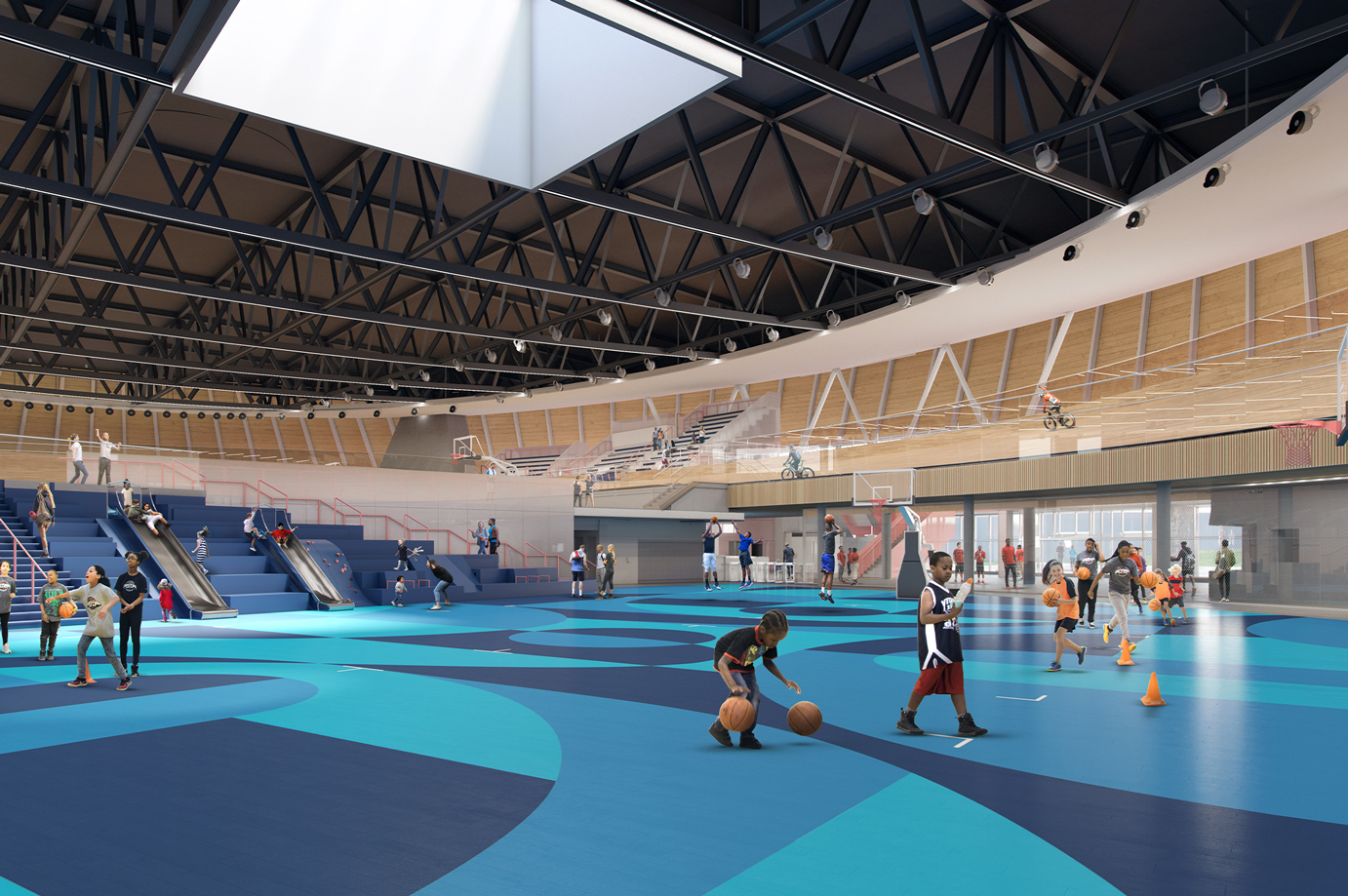
Site & context
Originally opened by Queen Elizabeth II in 1957, Edmonton’s Coronation Park is a fragmented and confusing park. The new Coronation Park Sports and Recreation Centre will help to bring coherence, acting both as a focal point for the park and a destination in its own right.
The centre will share its entrance with the award-winning and much-loved Peter Hemingway Fitness and Leisure Centre, now accessed via a subterranean tunnel that connects the two buildings. Surrounding landscaping will also introduce a series of new pedestrian and cycle loops that tie into – and make sense of – the existing trail system.
Design process
